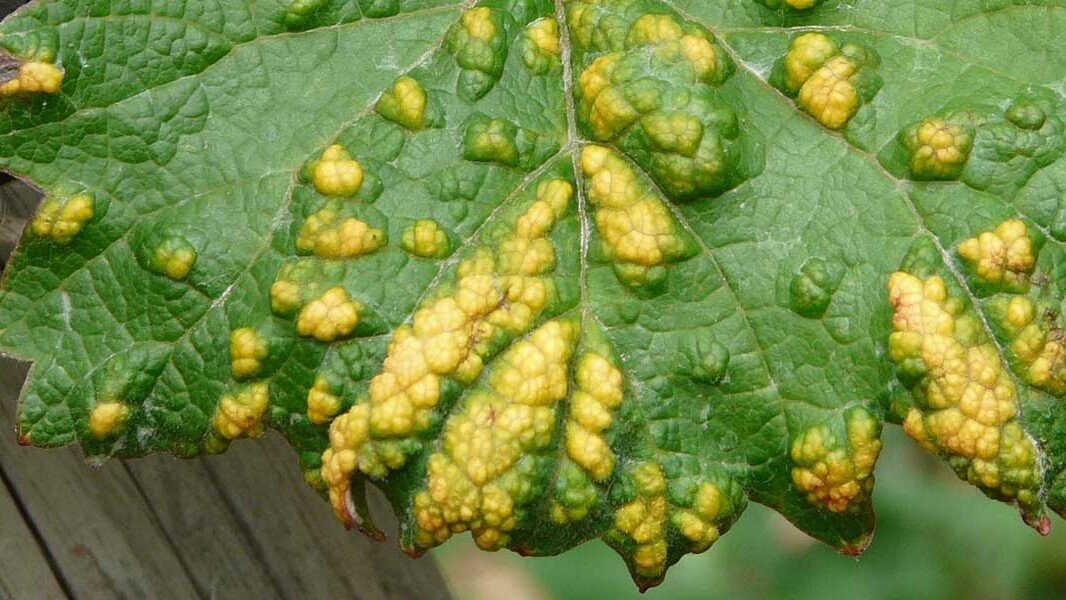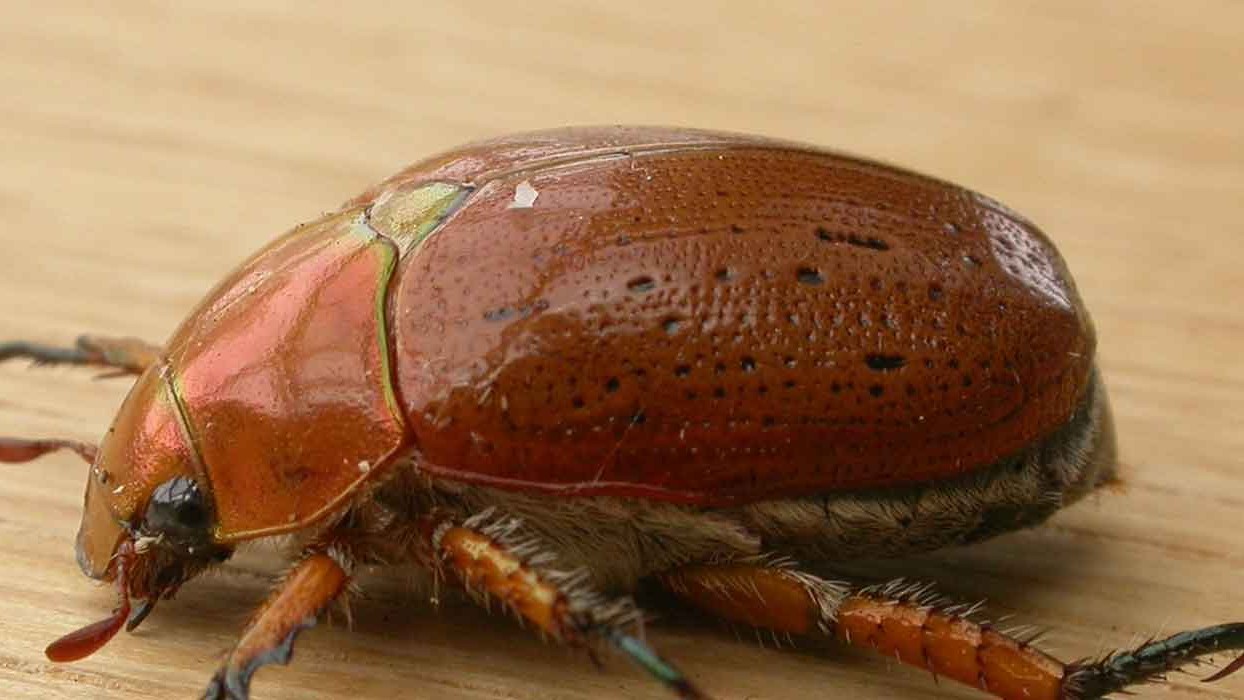If you want to protect your apple or pear trees prepare for this pest! He introduces himself here:
Hi, my name is: Codling Moth
Describe yourself: Man… I have the best sense of humour! Ready… “What’s worse than finding a worm in your apple?” “Finding half a worm in your apple!!!” That joke’s about me, well, me, when I was a little tacker! Now that I am all grown up I am a pretty handsome fella, grey coloured, with light grey and copper colour on my wings… which are a pretty impressive 20mm across! My scientific name is Cydia pomonella.
Hobbies: Laying pin head sized eggs after dark. Then my young hatch as larvae and start chewing through the apple skin and munching right into the middle of fruit. You can see little holes plugged by brownish excrement where they burrow in and as the fruit develops there may also be something sticky. When they are full-grown they are about 1.5 cm long, a bit pink and have a brown head. They leave the fruit and go into their next life stage i.e. forming cocoons in loose bark or in leaves and mulch on the ground. If the weather is right, they may hatch out as moths again and start over! But if it is cooler, they may decide to stay put during winter and hatch in spring – about when their host tree starts to flower.
Likes: Well, as a young kid I love apples, pears, quinces and crabapples. My dad loves cheap sherry and port, and mum loves laying eggs when the temperature gets over 15 degrees at night time. Mum really loves it when the trees have just finished flowering, it makes her want to have babies!
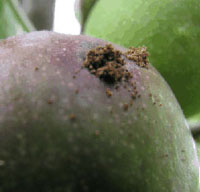
Dislikes: Clean trees and gardens, chooks, when people remove fruit with holes in them. I hate soaps – like home made chilli soap, or store bought stuff (like Beat-a-Bug) or socks or bags put over the fruit so I can’t lay eggs. I can’t stand Dipel… this stuff makes me sick! There are also codling moth traps (Desire) which I am a real sucker for. Dad can’t really handle his port and sherry!
You’ll know you’ve met me when: Your fruit (especially apples) will be riddled with holes, brown and squishy on the inside, and will fall of the tree really early!
Breaking up ain’t hard to do… if you:
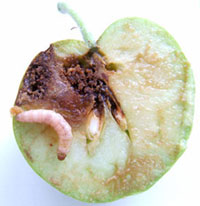
- Remove loose bark and leaf debris from the tree, to reduce hiding places for cocoons. You pay attention to the timing.
- Catch boys in a sherry trap (a jar filled with sherry and hung in a tree) the girls are about to lay eggs
- Use Dipel (Bacillus thuringiensis) at the right time (ie: when the eggs are laid but the fruit not infested)
- Have a wide range of flowering plants in your garden to attract beneficial insects and insectivorous birds.
- Paint a band of horticultural glue around the trunk and/or main branches – this will trap female moths as they try to climb up to the fruit to lay their eggs
- Inspect the trees every few days, collect any fruit you find with small holes and destroy it by placing it in a sealed, black plastic bag in the sun. Or feed it to the chooks!
- Attach bands of corrugated cardboard around tree trunks – the larvae like to pupate in the shelter the corrugations provide. Remove them every 3 weeks and place them in a black plastic bag in the sun to destroy the pupae
- Hang a commercially available pheromone lure and trap in the tree – this attracts the moths and they get stuck on the sticky inner surface.
- Make your own traps out of old plastic bottles with 2 holes cut in the sides about 2 cm above the base and add a 50:50 mix of molasses and water. Check them every few weeks.
- Put bags around the fruit on your trees.
Photographs:
Banner image: Picture taken by Olaf Leillinger [CC BY-SA 2.5 (https://creativecommons.org/licenses/by-sa/2.5) or GFDL (http://www.gnu.org/copyleft/fdl.html)], from Wikimedia Commons
Pic1: Courtesy of Western Australian Dept. of Agriculture
Pic2: Courtesy of Meredith Nursery
Pic 3: www.biology_blog.com
Pic 4: www.greenharvest.com.au Description: Desire Coddling Moth Trap
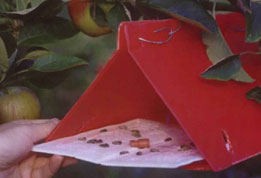
Related Articles:
Prevent Pests in Your Garden
If you can prevent pests in your garden you will save time, resources and money as well as helping your garden flourish. Effective pest control is…
Christmas Beetles
Most of us would be familiar with the brightly coloured, glossy and sometimes iridescent Christmas beetles. We often see them dazed and confused,…


